44 Irresistible Foods & Drinks You Must Try When In Jamaica
Just hearing the words ‘Jamaican food’ can spark curiosity, even if you’ve never had the chance to try it. There’s something about the way Jamaican seasonings and spices blend together—a bold, vibrant flavor that turns first-time tasters into lifelong fans. If you’ve yet to explore this iconic cuisine, then a trip to this island just might be in order.
During a Jamaica vacation, you're bound to discover a rich variety of food and drink options. Ahead of your trip, it's worth taking the time to get familiar with the best of these. Whether it’s the country’s national dish or other beloved favorites, every chef on the island claims theirs is the best! And the truth of the matter? The best depends on what you're looking for!
As you prepare to to step into a whole new world of Caribbean cuisine, here's some of the top Jamaican dishes that you won't want to miss out on!

Want the freedom to indulge in multiple restaurants throughout your stay in Jamaica? Explore the culinary delights of Beaches all-inclusive resorts for a tropical getaway like no other!
In this article on the Beaches Blog:
11 traditional main dishes in Jamaica you’ll want to try
Traditional Jamaican side dishes
Flavor-packed Jamaican snacks
Top-rated Jamaican desserts
Jamaican drinks to enjoy beachside
Try something new in Jamaica!
Traditional Main Dishes in Jamaica You’ll Love!
Ackee and saltfish

Ackee and saltfish is Jamaica’s national dish. It is made with the ackee fruit, which was imported to this region from Ghana. This fruit grows abundantly in Jamaica and has become an island staple. For the national dish, ackee is served alongside stewed salted codfish sautéed with vegetables and other herbs and spices. The trick to making this dish is knowing when the ackee fruit is ripe. A sign that it is ripe is when the ackee pod bursts open, revealing a yellow fruit inside. The yellow part is edible. Ackee can resemble scrambled eggs when cooked.
Jerk chicken

Jerk chicken is one of Jamaica’s most famous dishes. There is a special method for cooking this item and a particular homemade sauce that is used for the incredible, spicy taste. To make jerk chicken, you’ll need to marinate the chicken with jerk spices, which usually include ginger, garlic, cloves, cinnamon, scotch bonnet pepper and pimento. These ingredients are sometimes applied to the chicken with the dry rub method. Once the meat soaks in the flavor, it is slow cooked on an open grill. This is often done over hot coals. You can enjoy jerk meals at local restaurants and all-inclusive resorts in Jamaica.
Good to know: Jerk chicken tastes great on its own, but even better with johnny cakes or festival on the side. Rice and peas can be an excellent side for this dish as well. Jerk fish and jerk pork are also available in Jamaica.
Oxtail

Photo credit: BrittanyD/Shutterstock.com
With every bite thoughtfully prepared, Jamaican can be just the right place to taste oxtail for the first time. A popular dish in Jamaica, oxtail is essentially the tail of cattle. Like most other stew dishes made on this island, the oxtail is first seasoned with herbs and spices, fried, and then slow cooked. This process can take a couple of hours. Most commonly served with rice and peas, this is one of the most delicious meals to enjoy in Jamaica.
Also read: 17 amazing things Jamaica is known for.
Curry goat/mutton/chicken

Curried meats are popular in Jamaica, particularly goat, mutton, and chicken. On this island, the popular South Asian dish is served with a special Caribbean twist; ingredients like garlic, onion, ginger, hot peppers and herbs are tossed in, and then the meat is slow cooked to bring out the flavor. Often potatoes are added, which can help increase the thickness of the sauce. You can purchase meals with curried meats at most local restaurants in Jamaica.
Fish Escovitch

The preparation process of Jamaican Fish Escovitch begins with a fried whole fish, usually Red Snapper. The fish is topped with pickled vegetables, including carrots, onions, peppers, pimentos and chayote. Jamaican Fish Escovitch is often paired with bammy (see Jamaican side dishes, further down this article). Eating this meal the day after it is prepared is recommended by some, so the flavors have some time to sink in. This is a popular Easter lunch inclusion in Jamaica.
Brown stew chicken

Brown stew chicken is a comfort dish known and loved in the Caribbean. Jamaica is no exception. The spices used in the Jamaican version of this dish really take it to the next level. The chicken is often fried before being slow cooked with vegetables and spices. Once the meat is tender and the gravy thick and delicious, the chicken is ready to be served!
Run Down (run-dun)

Run-Down refers to fish stew in Jamaica. This stew comes together with garlic, onions, tomatoes, hot peppers, spices and carefully cut pieces of fish. Mackerel is a popular choice for fish stew, though cod is sometimes used. The preparation process involves slow cooking in coconut milk. Once prepared, this stew is served with dumplings and green bananas. A sure way to know whether this dish is ready is when the fish starts falling apart and the stew is thick and creamy.
Pepper Pot Soup
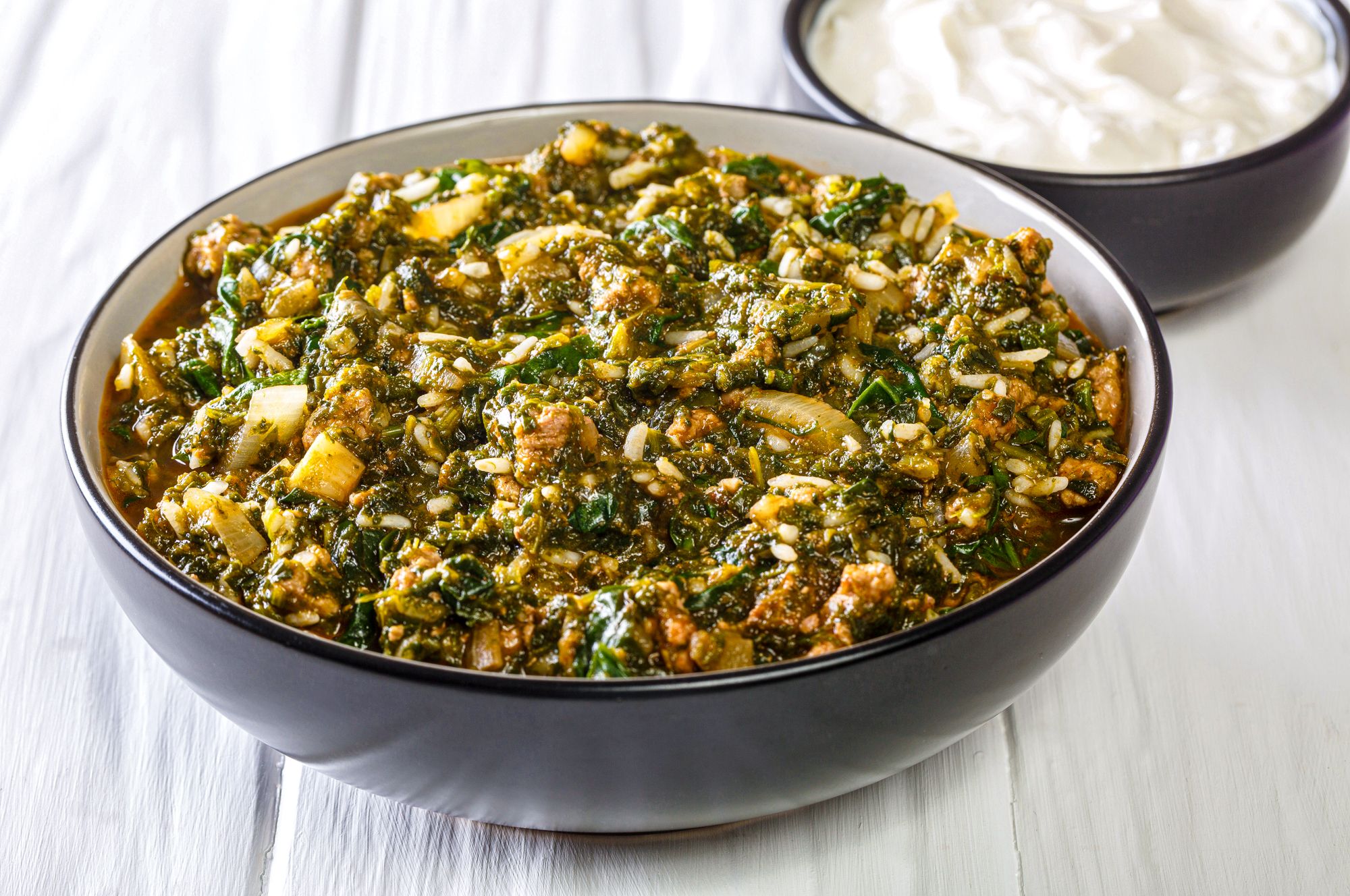
Pepperpot soup is a traditional Jamaican dish. It is typically made with ingredients like callaloo, okra, coconut milk (for texture), ground provisions and meat. This hearty Jamaican soup might just have you plotting ways to get the recipe—because one bite just isn’t enough!
Insider Tip: If you’re traveling with kids to Jamaica, consider staying at a Beaches Resort with a waterpark. In Negril, you can opt for Beaches Negril on Seven Mile Beach, or Beaches Ocho Rios which is conveniently located near Jamaica’s most popular points of interest (see our article listing the top things to do in Ocho Rios).
Fish Tea

Jamaican Fish Tea isn’t your ordinary tea. In fact, it’s hardly tea at all! If you order this item on a local menu, what you’ll get is a spicy fish soup. There are two versions of this soup: a rich, hearty version that warms the soul, and a lighter refreshing option that’s just right for some island indulgence. Jamaican Doctor Fish is typically used for this dish. Fish Tea can be quite energizing. This dish includes vegetables and green bananas and is also considered to be an aphrodisiac.
Jamaican Corn Soup
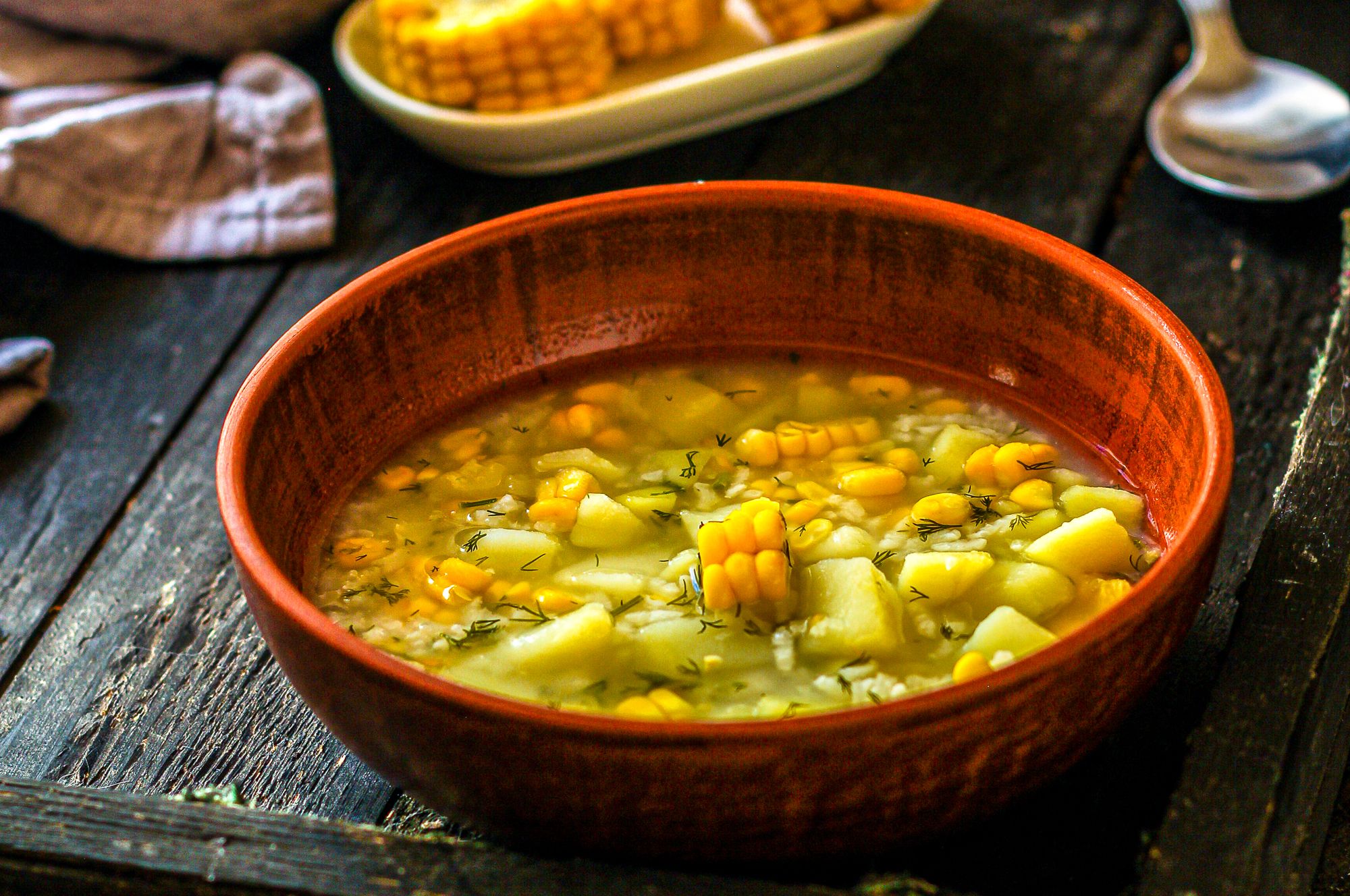
Jamaicans love soup on Sundays, and the Rastafarian inspired Jamaican corn soup is a local favorite. The ingredient list for this dish can be extensive, and includes onion, garlic, celery, coconut milk, yellow split peas, pumpkin, potatoes, scotch bonnet pepper, ginger, carrots, corn, and more. This Jamaican soup is very filling and flavorful and will make you feel right at home in Jamaica.
Jamaican Red Peas Soup

Jamaica Red Peas Soup has a very distinctive taste. It is usually made with a combination of pig tail, beef, red kidney beans, pumpkin, dasheen, pimento seeds, and other ingredients. It is best served hot, and you can leave out the meat if you prefer, though many Jamaicans will tell you that Red Peas Soup is incomplete without a little pigtail!
Traditional Jamaican Side Dishes
Rice and peas

Jamaican rice and peas is a lot harder to make than it sounds. A world away from your grandmother’s rice and peas (though hers was probably amazing), this dish brings the flavors of Jamaican cuisine together. When it comes to Jamaican rice and peas, the way it is prepared can make or break the result. So, if you’re wondering what to pair with your jerk chicken, this is the dish for you!
Good to know: In Jamaica, peas actually refer to beans, red kidney beans in particular. Coconut milk and other spices add to the flavor of Jamaican rice and peas.
Festival

It’ll be a festival in your mouth with this treat that usually comes alongside jerk chicken meals or fried fish, and other dishes. It is made with cornmeal, sugar, flour, spices, milk or water. The combined ingredients are fried until golden brown. Festivals are similar to ‘floats’ or ‘bakes’ sold in other Caribbean countries, just in a cylindrical shape and with a slightly sweeter taste.
Fried plantain/plantain chips

Fried plantains are irresistibly addictive in the best way—and plantain chips are no exception. While you’ll have to go to a local restaurant to get a taste of fried plantations, plantation chips can be found in local supermarkets. For the sake of your vacation prep, let's focus on fried plantains for now. These are often served as a side in Jamaica.
Ripe plantains are important to get this dish right. To make it yourself, pick up some plantains from the store and peel and slice as desired. Try not to cut them too thick. Gently place the plantains into a frying pan with hot oil. In Jamaica, after frying plantains, some people coat it with butter and sprinkle salt and pepper over top. Fried plantains can be enjoyed with ackee and saltfish or any other local dish.
Callaloo

Callaloo is one vegetable that even kids have a hard time saying no to when it is cooked just right. The green, leafy vegetable is served as a side in Jamaica with most meals, but it can also be made into a super tasty soup. Some say its flavor is comparable to that of kale. When it’s on your plate, more than likely it’s been sautéed with onions, garlic, and perhaps even scotch bonnet peppers. Don’t be surprised if you see callaloo on your traditional Jamaican breakfast plate.
Bammy
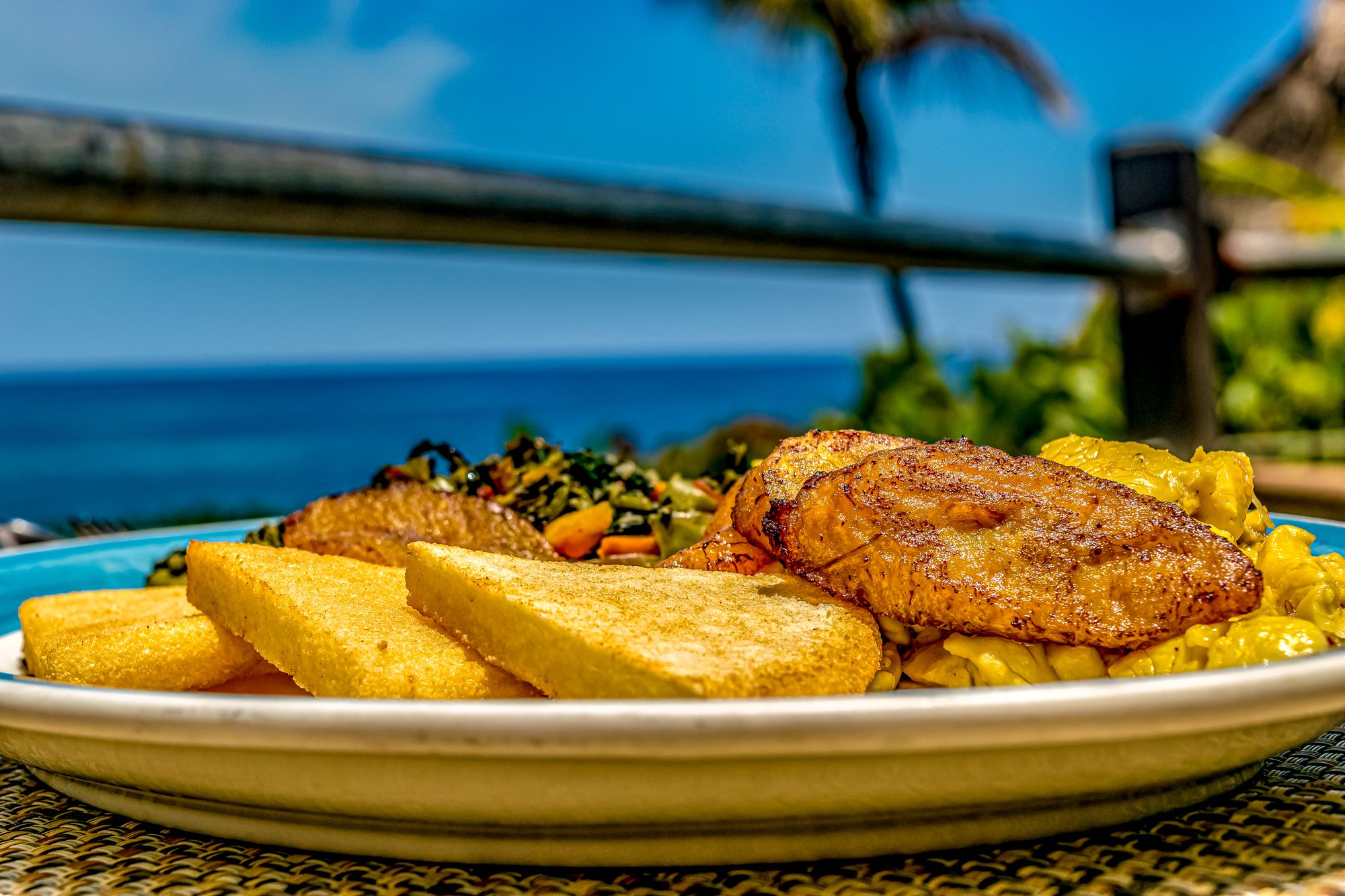
Made from cassava, bammy is a name you’ll have to get familiar with in Jamaica. To make this item, you’ll first need to grate some cassava root, dip it into coconut milk, and fry until golden brown. Bammy is usually served as a side dish, and it is popularly paired with callaloo. Some Jamaicans eat bammy for breakfast with syrup.
Breadfruit

There are loads of ways to prepare breadfruit. Though technically a fruit, most people treat breadfruit as a starch in the Caribbean. It is often referred to as a ground provision. In Jamaica, some residents believe breadfruits were brought to the island in 1793 from Tahiti. Preparation methods for this tropical staple include grilling, baking, or making it into a puree. Breadfruit is highly nutritious and incredible tasty!
Flavor-Packed Jamaican Snacks
Jamaican patties

Similar to the traditional Spanish empanada, Jamaican patties are flavorful, and usually filled with chicken, beef or vegetable filling. As you bite into the flakey pastry, you’ll taste the well-seasoned meat or vegetables on the inside, which in most cases have gone through a process of being sautéed with onions and other spices. The patty is the shape of a half circle, and its color is influenced by turmeric or curry, giving it an orange/ yellow tint. Jamaican patties are usually baked, and some places offer more choices of fillings, like ackee and saltfish, lobster, or fish.
Stamp and Go

Stamp and Go, also known as saltfish fritters is a common Jamaican breakfast item. Ingredients used to make this dish include flour, saltfish, green onions, peppers and other spices. The name Stamp and Go is often related to 18th-century British sailing ship traditions, particularly when officers wanted something done in a hurry. They would simply shout the order, “Stamp and Go!”. To make this dish, you’ll first need to make a batter then fry it in oil on both sides until golden brown.
Expert Tip: When making Stamp and Go, it is best to prepare the saltfish (including soaking or boiling) the day before for a faster cook time.
Coco Bread
Coco bread is starchy and a little sweet. It consists of some of the usual ingredients used in the bread making process with coconut milk added. Sometimes sugar is included too. After the coco bread is prepared, it is cut into squares and folded once over. This makes it an excellent choice for sandwiches. In Jamaica, you’ll find everything from fried fish to Jamaican patties being placed into its folds.
Solomon Gundy

Solomon Gundy is one of those dishes you’ll find in the Jamaica food encyclopedia. This is more or less a pickled fish pâté served with crackers. It is usually served as an appetizer or even a hors d’oeuvre. As with most other Jamaican dishes, expect it to be infused with spices for that hard to resist Jamaican zeal.
Porridge
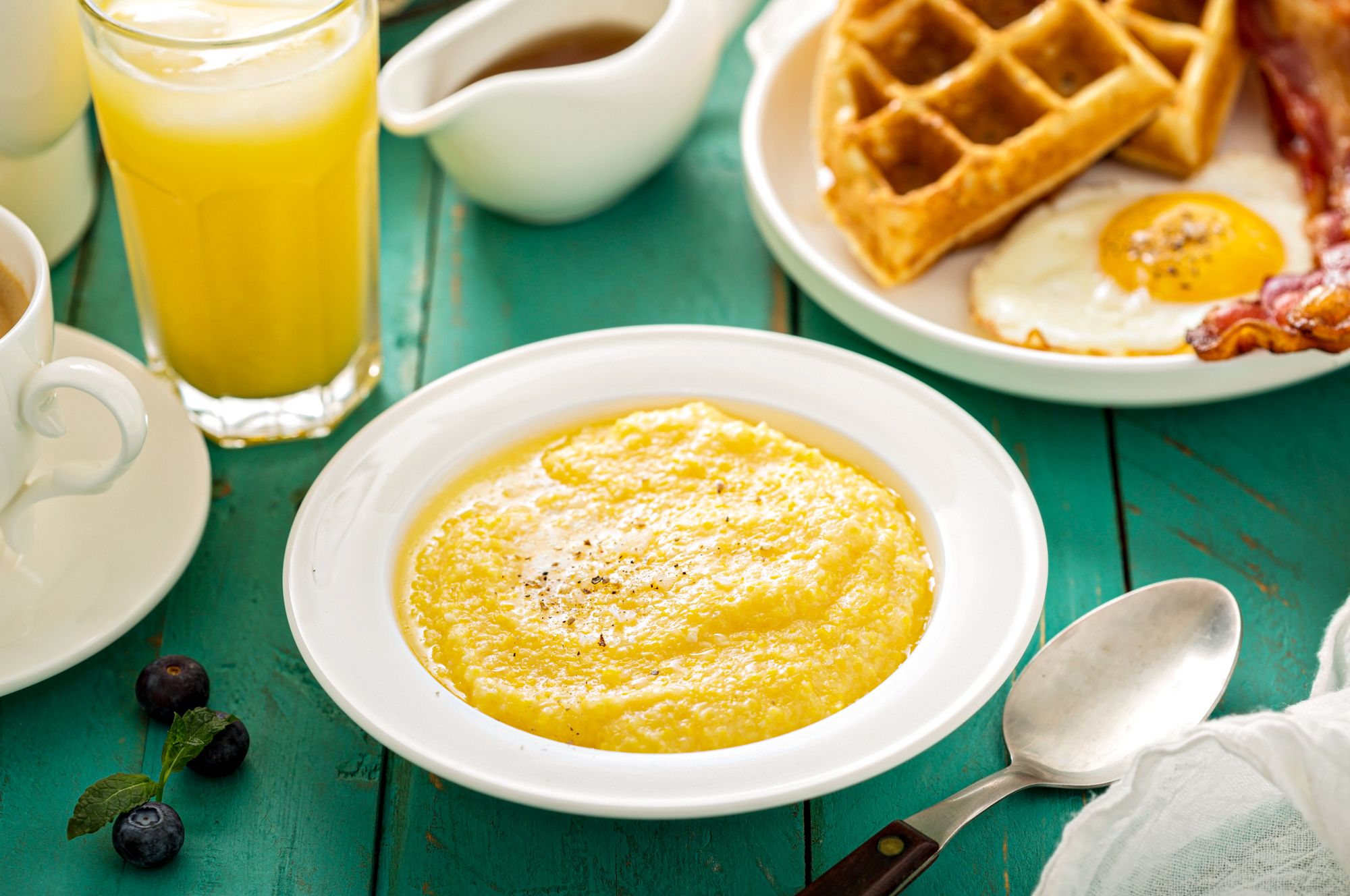
Porridge is a popular Jamaican breakfast staple. It is typically made with oats, cornmeal, or plantain. This dish is a go-to for breakfast for many people as it is quite filling. As the recipe can be modified according to individual preferences, this is a safe choice for most to enjoy in Jamaica.
Mannish Water

Mannish water in Jamaica is not eaten so much for its taste; Jamaicans believe this spicy soup is an aphrodisiac. It is made from goat head, with a combination of other ingredients including green bananas, scallions, garlic, onions, small dumplings, coconut milk, scotch bonnet peppers and other herbs and spices. Mannish Water is commonly served with roasted yam or potatoes. In some versions of this dish, tripe, goat feet, and other ingredients are included. You’re unlikely to find Mannish Water at a restaurant, but it is available at some roadside stops.
Top-Rated Jamaican Desserts
Sweet potato pudding
For this dish, sweet potato is finely grated, and then ingredients like coconut, brown sugar, raisons, vanilla, cinnamon, and a variety of other spices are tossed in. Sometimes a sprinkling of rum is added, and then the dish is baked. The goal is for it to come through the baking process still being slightly softer on top, and firm at the bottom. Give it a shot while in Jamaica and see what you think!
Gizzada (Pinch-Me-Round)
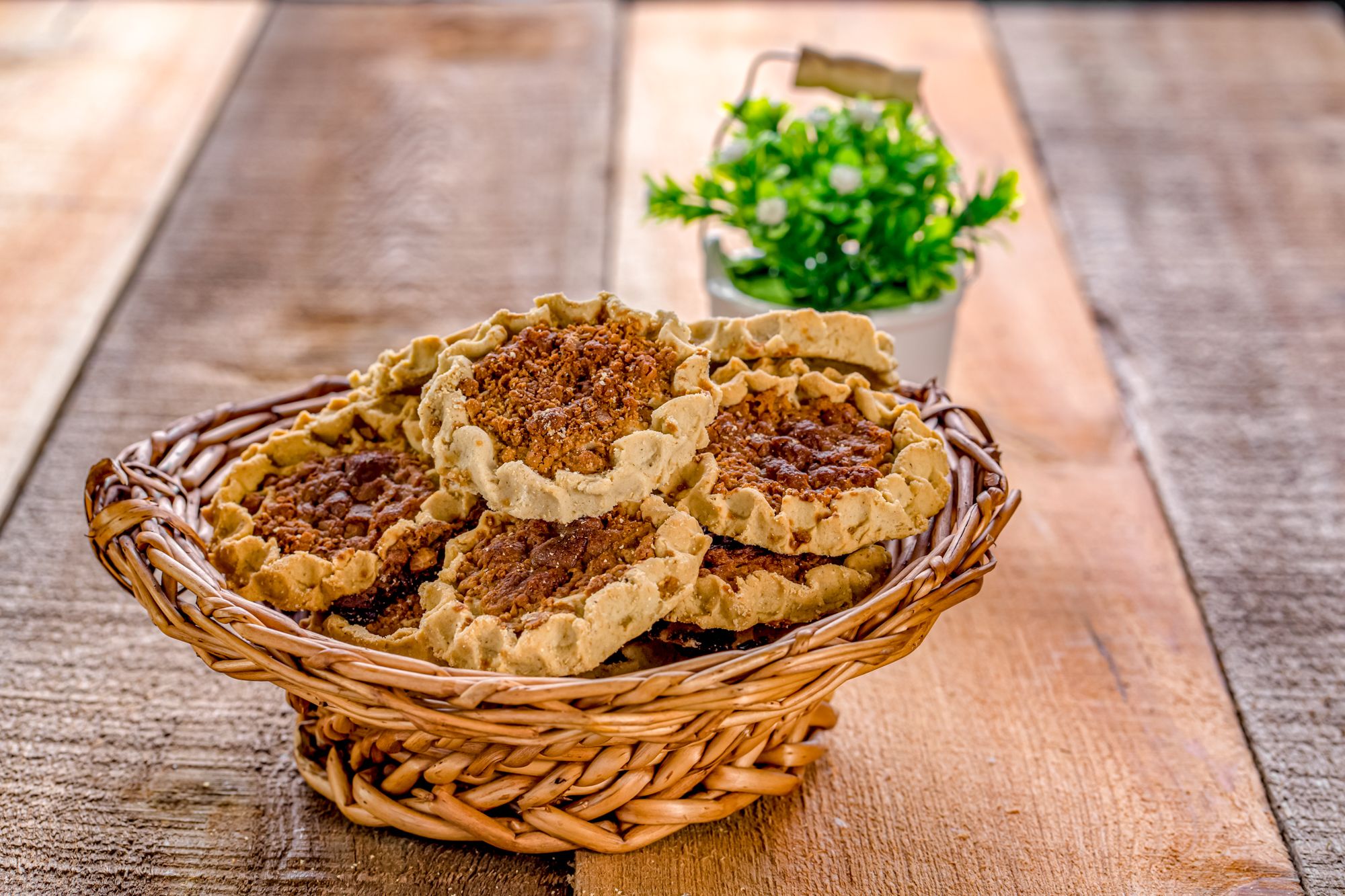
There’s more than enough dessert to go around in Jamaica and Pinch-Me-Round is at the top of everyone’s list. You’ll recognize it easily as it is a small, round tart with pinch like marks around the edges for stylistic effect. This item is often filled with grated coconut, sugar, nutmeg, ginger, and vanilla. Crunch your way through to the gooey center for a delicious burst of flavor. Some people believe that this Jamaican dessert has Portuguese roots.
Coconut drops

Coconut drops are delicious and they’re fairly easy to make. To make this Jamaican dessert you’ll need to drip a hot mix of diced coconut, sugar and spices onto a banana leaf. Once you do that, let it cool and it will quickly form its shape. This can be a treat for both adults and children while in Jamaica.
Expert Tip: When making coconut drops, try not to over mix it. Keep in mind that a textured result is what you’re aiming for.
Banana bread

Banana bread is a popular Caribbean treat made with ripe bananas and spices including nutmeg, ginger and cinnamon**. In Jamaica, coconut, lime and rum are sometimes added to traditional banana bread recipes, resulting in a dish you’re sure to want to recreate once you get back home!
Pone of Jamaican pudding

Pone of Jamaican pudding is a beloved dessert made with grated cornmeal, cassava, or sweet potato. Ingredients include coconut milk and spices like cinnamon and nutmeg. Some people add a little rum to spice things up. Usually, it is baked until the top is bubbly. This dish is as unique as it is enjoyable.
Toto
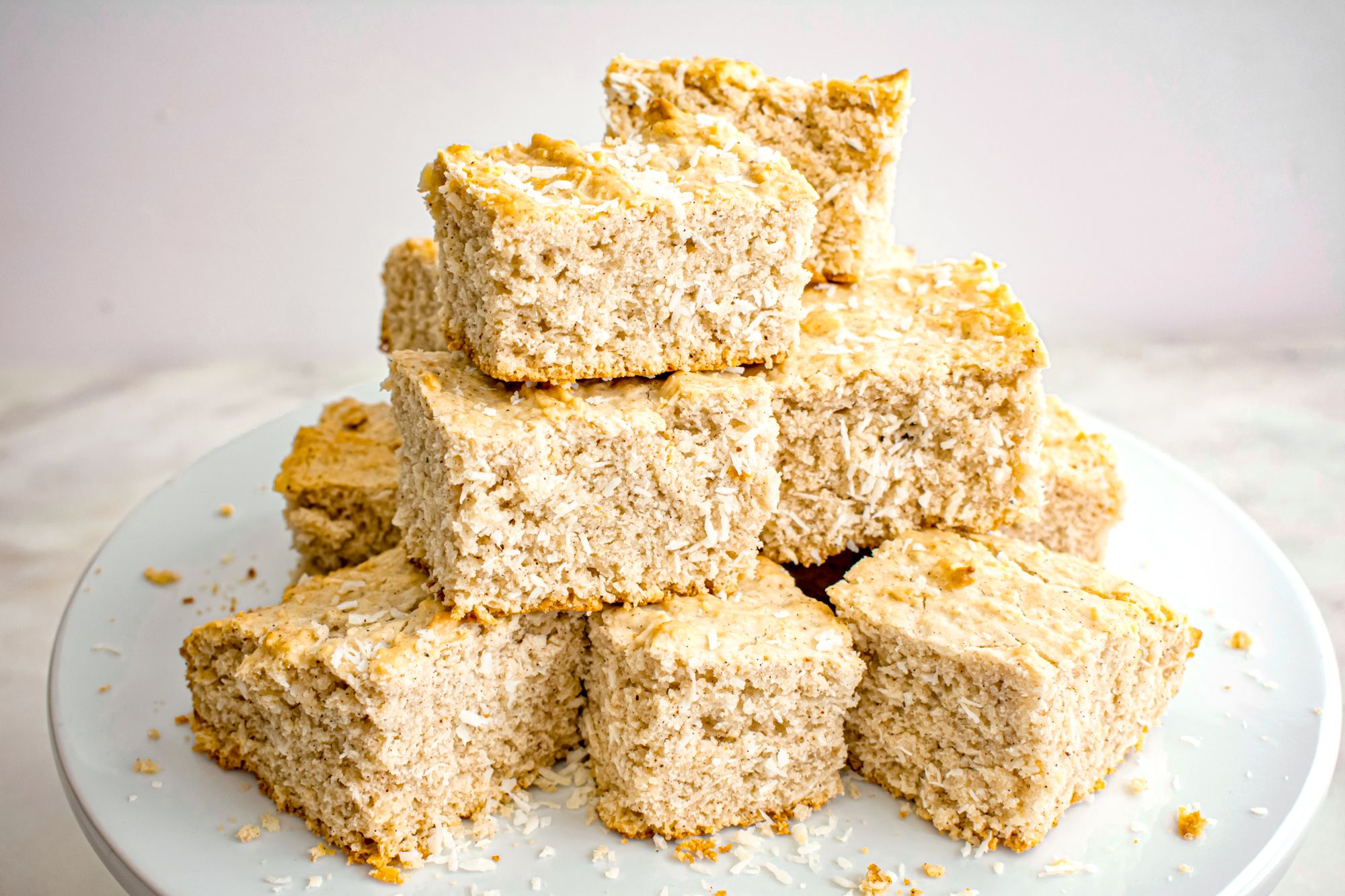
Toto is essentially a coconut cake. This is a traditional Jamaican dessert. The roots of this local dish go back to the colonial era. Coconut, molasses, flour, evaporated milk and other local ingredients are part of the preparation process. This moist and flavorful dessert is a permanent fixture at Jamaican family events.
Jamaican Drinks for Adults to Enjoy (Alcoholic)
Red Stripe beer

Feeling for a light and refreshing beer while in Jamaica? Grab a Red Stripe and head to the beach. This light-bodied beer is a local favorite that is also available outside of Jamaica. Red Stripe pairs well with most meals, and there are various flavors available. This includes Red Stripe Light, Red Stripe Bold and flavors including lemon, sorrel and melon.
Bob Marley Cocktail

The bold green, yellow and red of the Bob Marley cocktail makes it stand out on the drinks scene in Jamaica. With various frozen layers that include strawberry daiquiri and mango, this cocktail is a must-try in Jamaica. All-inclusive resort chain Sandals Resorts is credited for creating this recipe, but now you can find it at bars across Jamaica.
Insider Tip: With a stay at Beaches Resorts in Jamaica, meals, drinks and anytime snacks are included with your vacation. This includes top-shelf liquors, for those who want to enjoy vibrant island cocktails!
Jamaican rum
There are quite a few Jamaican rums that you can look out for while on the island. That list includes Appleton Estate Rum, Hampden Estate Pure Single Jamaican Overproof Rum, Plantation Xaymaca Special Dry Rum, and Smith & Cross Jamaica Rum. Worthy Park Single Estate Reserve and Wray & Nephew White Overproof Rum are made on this island too. During your vacation, you can sign up for rum tours where you can learn about the rum making process and try some out for yourself. One of the most popular rum tours on this island is the Appleton Estate Rum Tour.
Rum Punch
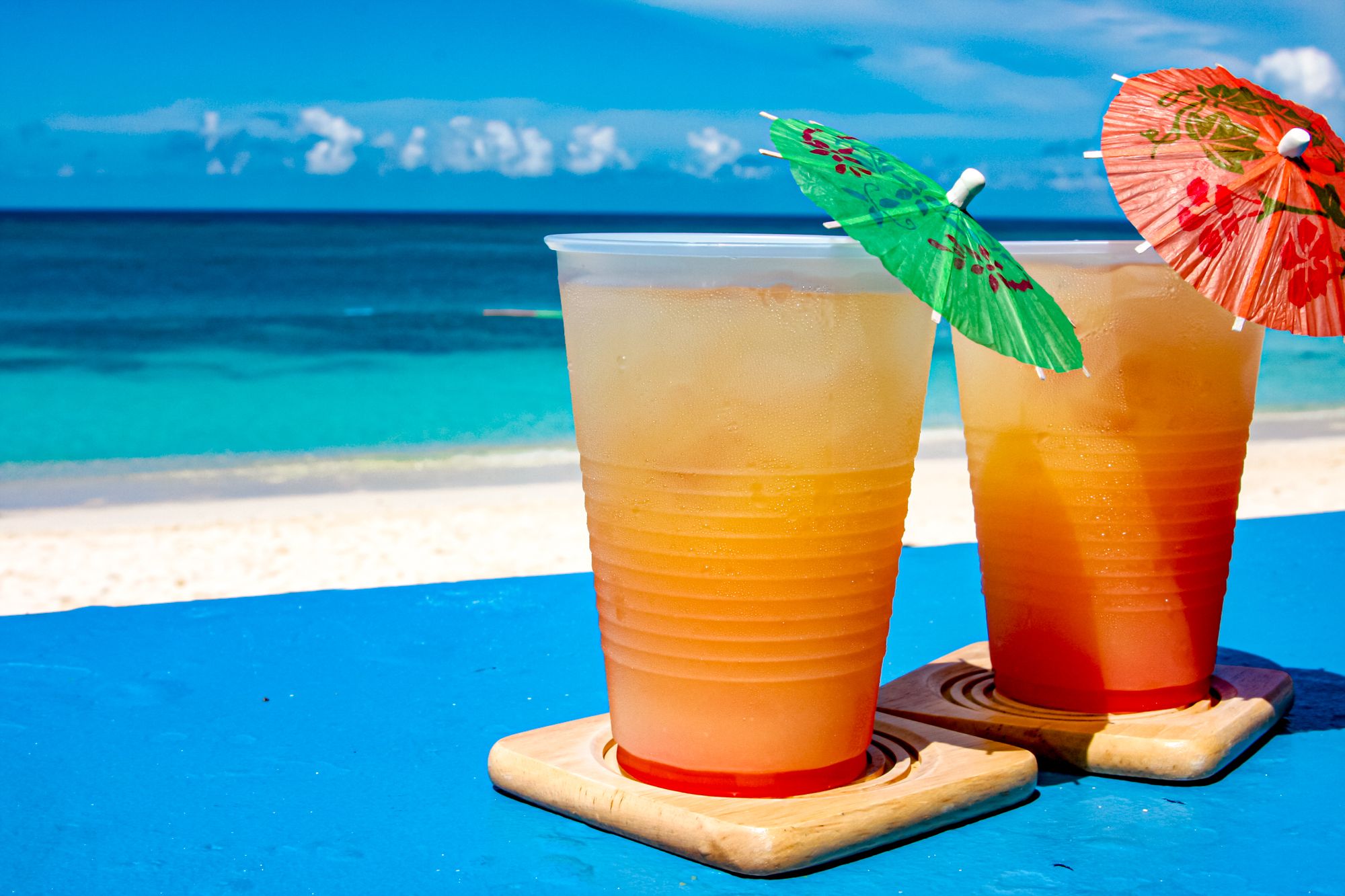
An island vacation without trying some fruit punch or rum punch is hardly a vacation at all. The Jamaican variation of rum punch is made with Jamaican strawberry syrup or fruit juice mixed with Wray & Nephew White Overproof Rum or Appleton Rum. This simple island favorite can be found at most bars or social gatherings in Jamaica. If you don’t drink, no worries. Fruit punch on ice is just as refreshing!
Tia Maria

For adults who enjoy coffee cocktails, try Tia Maria in Jamaica. This cocktail is made by blending Blue Mountain coffee beans, Jamaican rum, vanilla, sugar and other ingredients. The result is sweet and delicious, and sometimes milk is blended in over ice, or the concoction is just placed into a glass with ice, and then served. Throw in a banana for even more of a twist to this cocktail, and you’ll have something pretty close to a Dirty Banana – just be ready with a witty answer just in case the bartender questions how dirty you really want it.
Guinness Punch

Guinness, vodka, sweetened condensed milk, vanilla extract and ground nutmeg bring this satisfying, creamy creation together. It is usually served chilled and is a great way to enjoy the popular stout with a twist. This punch is notoriously sweet and bitter at the same time!
Dragon Stout

Think of Dragon Stout as Red Stripe’s tall, dark and handsome older brother. Rich and thick, this stout is made using caramel, roasted malts, brown sugar, and other ingredients. You’ll love its distinctive smoky taste if you’re a fan of stouts. The smooth texture of this stout makes it simply irresistible!
Sangster’s Rum Cream

Sangster’s Original Jamaica Rum Cream Liqueur is one of those things you can not just enjoy while in Jamaica but take home to share with friends and family. Produced by J. Wray & Nephew, this drink will be most enjoyed by lovers of creamy rum. There are a few different flavors of this rum, including Classic Original, Coconut Dream, Chocolate Temptation and Espresso Euphoria. Save some space in your suitcase to bring some home to share with friends or family!
Jamaican Non-Alcoholic Drinks
Sorrel

Sorrel is slightly sweet with hints of spice, much due to ingredients like ginger, star anise, cinnamon and allspice. This local specialty is loaded with health benefits and it is often served during the holiday season. These benefits include cholesterol and blood pressure regulation. Sorrel is made with the sepals of a hibiscus plant. The plant’s color gives the drink its unique red hue.
Good to know: In the sorrel preparation process, the leaves are boiled, and then the ingredients are mixed with water, and sometimes rum.
Ting

Ting is an underrated tropical soft drink made with grapefruit concentrate. Try it once, and you’ll likely have a few more before your vacation in Jamaica is complete. For adults, spice things up with a ting-inspired cocktail—ting goes well with citrus vodka. And with that, you might have just found your Jamaica go-to drink!
Malta

There’s something about Caribbean people and malt. Miss a meal and at least one person you run into is bound to offer you this rich and delicious beverage. You can find this popular carbonated drink at most supermarkets and bars while in Jamaica. Jamaican Malta is alcohol free, and it is
best served cold.
Ginger beer
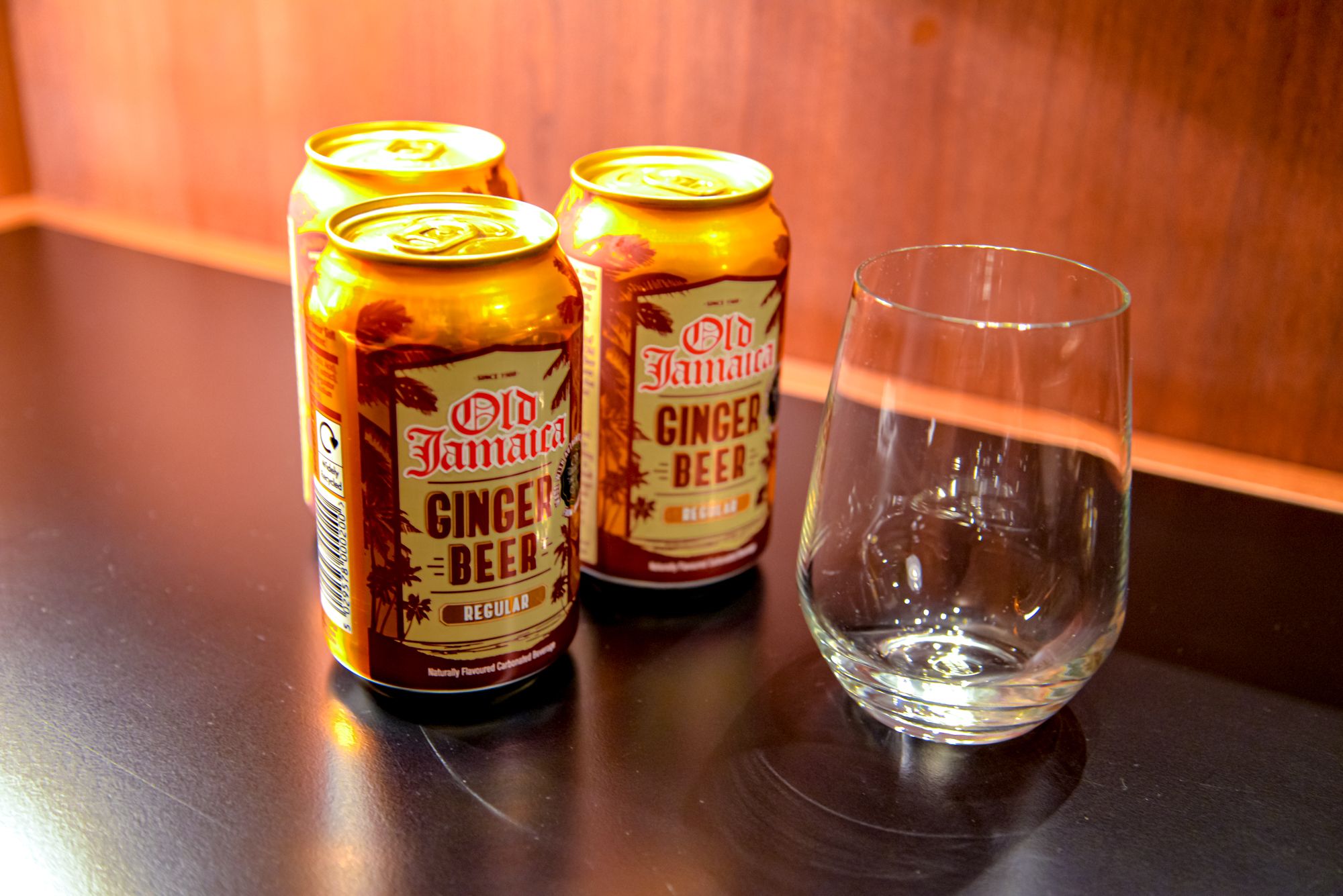
Ginger beer is both nostalgic and refreshing. And in Jamaica, you can find one of the best ginger beer varieties in the world! Sugar, honey, and lime juice are a few of the ingredients typically involved in the making of ginger beer, and if it’s done right like it is in Jamaica, it makes a great chaser for local rum.
Tea

Tea can refer to anything from coffee to hot chocolate in Jamaica. Often, this will be in reference to “bush tea”, a special local herbal tea made from local plants or tree bark. There are many different varieties of plants used to make bush tea, and you can discover some of these via local tours. Some of these tours take you through botanical gardens where you can discover the medicinal benefits of the many plant species found across the island. This knowledge is common in Jamaica and has been passed down through generations. Knowing the benefits of “bush tea”, it is absolutely worth trying during a vacation on this island.
Blue Mountain Coffee
Blue Mountain Coffee is among the best and most expensive coffee brands in the world. Its rarity adds to the price, and that is partly due to cultivation limitations in the mountains. Blue Mountain coffee lovers enjoy the fact that it is not bitter and rather mild. There are a few different versions of this coffee that you can purchase while in Jamaica. At Sandals Resorts in Jamaica, you can enjoy Blue Mountain Coffee throughout your stay as part of your vacation package.
Coconut water
Coconut water is one of the most refreshing things you can drink while relaxing on a gorgeous Caribbean beach. And the best part about it? You won’t need to scale a coconut tree to indulge! While in Jamaica, you’re bound to be approached by a coconut vendor at least once. Most of the time, the vendors will cut the coconut open right in front of you, using a machete. Step back, and watch—they’ve mastered the art of island hydration! Enjoy as many coconuts as you please, as they are fat-free, with plenty of antioxidants. Keep in mind though that coconut water is also a natural laxative.
Expert Tip: Pour your coconut water into a water bottle to save some for later! Some vendors do offer cups and bottles that you can take with you. Oh, and don’t forget to try some coconut jelly, which many refer to as “coconut meat”! This is usually found on the inside of more mature coconuts.
Try Something New in Jamaica!
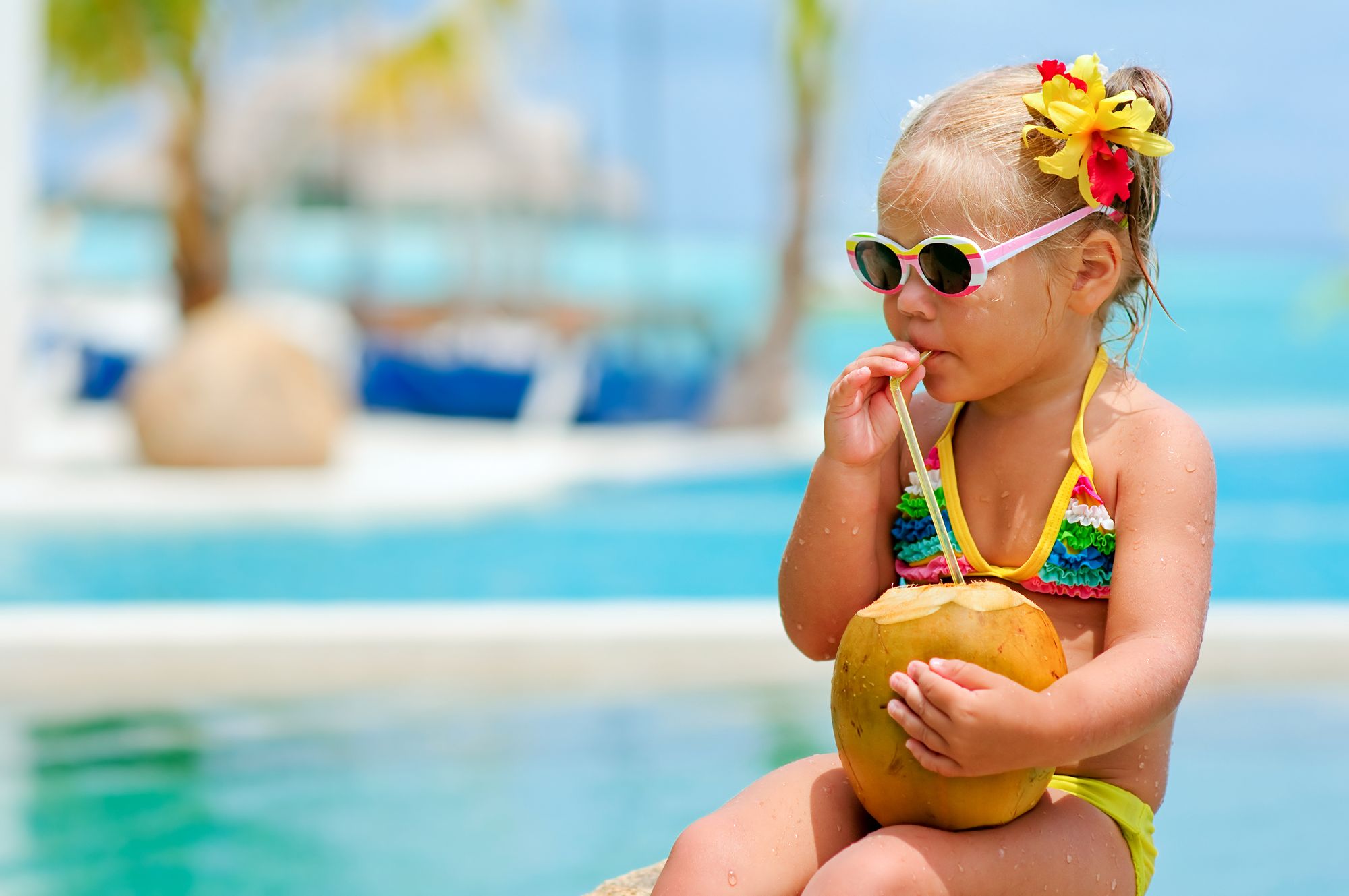
When in Jamaica, don't be afriad to try new things. This is all part of making new and exciting vacation memories. It might take some time to get used to the cuisine, but even this might be one of the things you look back on fondly.
As you discover new flavors on this island, you might be surprised at how quickly they start to feel like familiar favorites. Perhaps you'll even start craving things like oxtail, rice and peas, corn soup, and ackee and saltfish! And if you do the Jamaica vacation thing just right, you can even have a recipe or two to take back home with you!
And with that we bid you a fantastic island escape. For more travel guidelines, read our post on Jamaica Travel Tips - Dos and Don'ts.
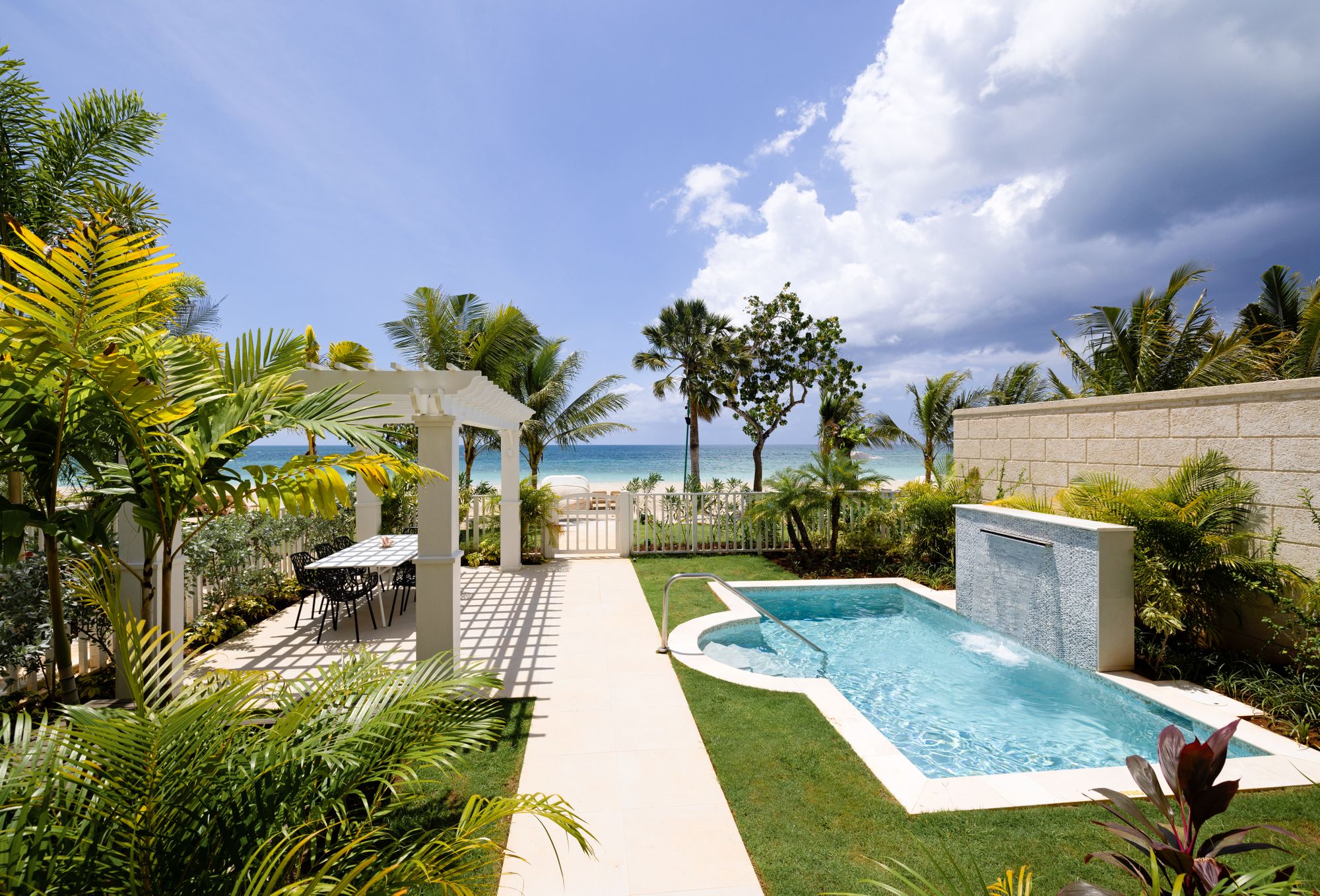
Picture: All you need for your vacation is included at Beaches Negril in Jamaica. And from the Firesky Reserve Villa Four Bedroom Butler, so is this incredible view!

